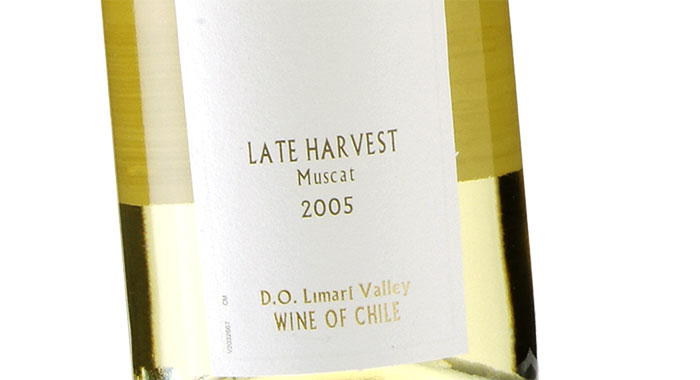
Pronounce it: muss-cat
The ‘grapey’ wine
Muscat has a long history. The islanders of Samos in Greece are part of that history and still make sweet and fortified wines much as they did centuries ago.
Today off-dry and sweet styles are produced around the world. Some are very good value (as in Spain’s Moscatel de Valencia).
The sparkling Muscats of France and Italy are charming, low of very low in alcohol with a delightful freshness.
Fortified Muscats are made when neutral spirit is added to the fermenting wine before all the sugar has been converted into alcohol. The result is charming, aromatic, sweet wines with a firm hit of alcohol at around 17%ABV. Look for examples from Languedoc-Roussillon, France (best-known are Rivesaltes and Frontignan). Australia produces unique fortified Muscats, particularly in Rutherglen in North-East Victoria. Known as Liqueur Muscats, they are deep brown in colour, and have the character of raisins.
Main characteristics
Colour: white, light to rich gold and darkest amber
Body: medium to full bodied
Tastes: this is the one variety that actually tastes and smells of grapes. This can make it a delectable pleasure even at supermarket prices
In three words: a Spanish classic
AKA: Muscat à Petits Grains, Muscat of Frontignan, Moscato d’Asti (not to be confused with Muscat of Alexandria, Muscat Ottonel which are in the same family but of lesser quality)
Keep or drink? In general drink the dry and sparkling wines; the best of the sweet/fortified wines will certainly last
Be the first to comment on "Muscat"